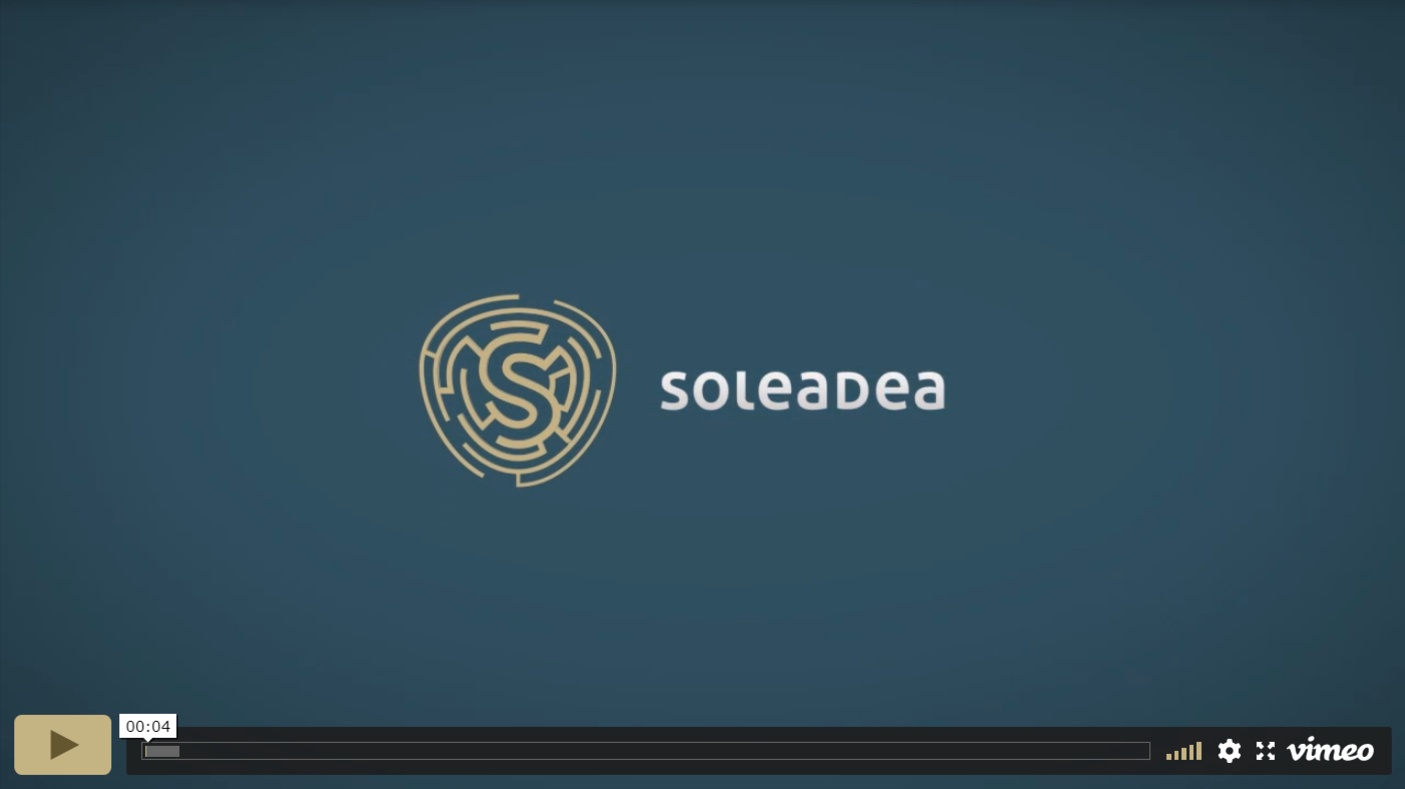Level 1 CFA® Exam:
Put–Call-Forward Parity
We have (A) an underlying asset, (B) a forward contract, and (C) two options on the underlying: a call option and a put option. Both options:
- are European-style options,
- have the same expiration date,
- have the same exercise price, and
- cover the same quantity of the underlying.
Forward Price
There is a relationship between an asset and a forward contract. It is given by the following formula that you can use in your level 1 CFA exam:
Put-Call Parity
The relationship between a put option, a call option, and the underlying asset is given by the following formula:
Put-Call-Forward Parity
Taking both formulas into account we can derive the so-called put–call-forward parity, which takes the following form:
Thanks to arbitrage the left-hand side of the equation must equal the right-hand side.
Suppose we know that the price of a 1-year put on a stock of Hearts Inc. with an exercise price of USD 70 is USD 5 and the forward price of the contract expiring in 1 year is USD 81. Knowing that the annual risk-free interest rate is 10%, determine the price of a call option on a stock of Hearts Inc., with an exercise price of USD 70 that expires in one year.
Because we are given the forward price, we will use the put-call-forward parity formula:
\(p_0-c_0=\frac{X-F}{(1+r)^T}\)
\( c_0=p_0-\frac{X-F}{(1+r)^T}\)
Let’s assume that the prices of a call option and a put option on the same asset and expiring at the same date and having the same exercise price are equal. What conclusions can we reach from this assumption?
(...)
- The relationship between a put option, a call option, a forward contract, and the exercise price is called put-call-forward parity.
- Both options included in the put-call-forward parity are European-style options, have the same expiration date, have the same exercise price, and cover the same quantity of the underlying.
- Forward price is equal to the options’ exercise price if only the prices of the options are the same.


